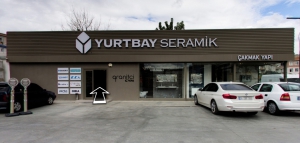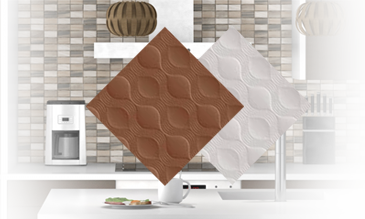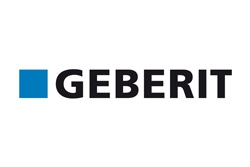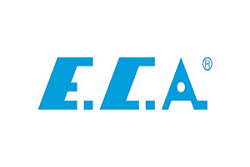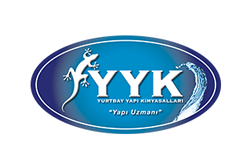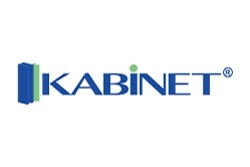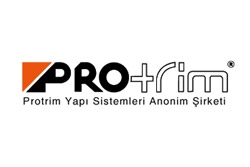Ceramic Operating Guide
What are the specifications, definitions and relevant standards?
Ceramic tiles; breakage and flexural strength, resistance to cracking, water absorption, frost resistance, heat shock resistance, such as belonging to the product group belongs to the inherent common technical characteristics.
Technical characteristics are also defined, which may vary according to the surface properties of each product, such as abrasion, staining and resistance to chemicals, non-slip.
According to the product groups, size and thickness, edge smoothness, surface smoothness and surface quality are defined together with their tolerances.
What are the definitions on the box / pallet?
The following definitions are available on the box (example):
- Product Group: Wall Tile
- Product Name: Wall Tile
- Nominal Dimension: 20 x 50
- Caliber (Working Size): W2 (indicates the working range)
- Tint (defines the party)
- Quality: First / First
- Production Date: 190315 (19 March 2015)
- Quantity - M2: 10 pcs / about 1 m2 (box)
What is size and calibrated information?
Variable properties of the raw materials in the nature and the necessary changes in the conditions of operation (oven, press) are a requirement of ceramic technology. Therefore, the dimensions of tiles being produced at the same time may also vary within a certain range.
Products are packaged by automatic size identification devices in the packaging lines to ensure ease of installation and a range of products.
For example, if the range determined by the standard according to the working size is 3 mm, three groups with 1 mm mm are formed with calibrated classification; these are calibrated classes (W1, W2, W3).
Pallet and box label information should be taken into consideration in order to avoid the problem of size in the upholstered products, tiles with the same caliber information should be laid together.
What does the hue information define?
Similarly, as stated in the size description, it is a natural condition to assume acceptable changes in the color tones of the products produced at different times, as an obligation of ceramic technology.
Therefore, a color tone class (such as T1, T15, T73) is specified to identify each production batch.
Products with the same color tone class should be laid in the same space.
Before the flooring, the tiles should be spread over the floor mixed and the distribution should be checked. If there is a disturbing situation, the problematic tiles should not be laid.
What is the color tone code (T) found in our dry and pallet labels?
The color tone code can be defined as the batch numbers of products produced at different times.
Starting from T1 is a sequential system.
Consecutive numbers (such as T3, T4, T5) do not indicate color proximity.
Each ton has its own integrity, the same color shades should be laid in the same area.
What is the spotting resistance classification?
The resistance of the tiles to various home chemicals, pool chemicals and different stainers (coffee, acids, bases, ink, etc.) is tested and the tiles are classified. Relevant standard, glazed and unglazed tiles min. 3 predicts.
Classification;
Class 5: Tiles on the surface of the tile can be cleaned with hot water.
Class 4: Stains can be cleaned with weak cleaners.
Class 3: Strong cleaners can remove stains.
Class 2: Solvents (such as acetone) are required to remove stains.



